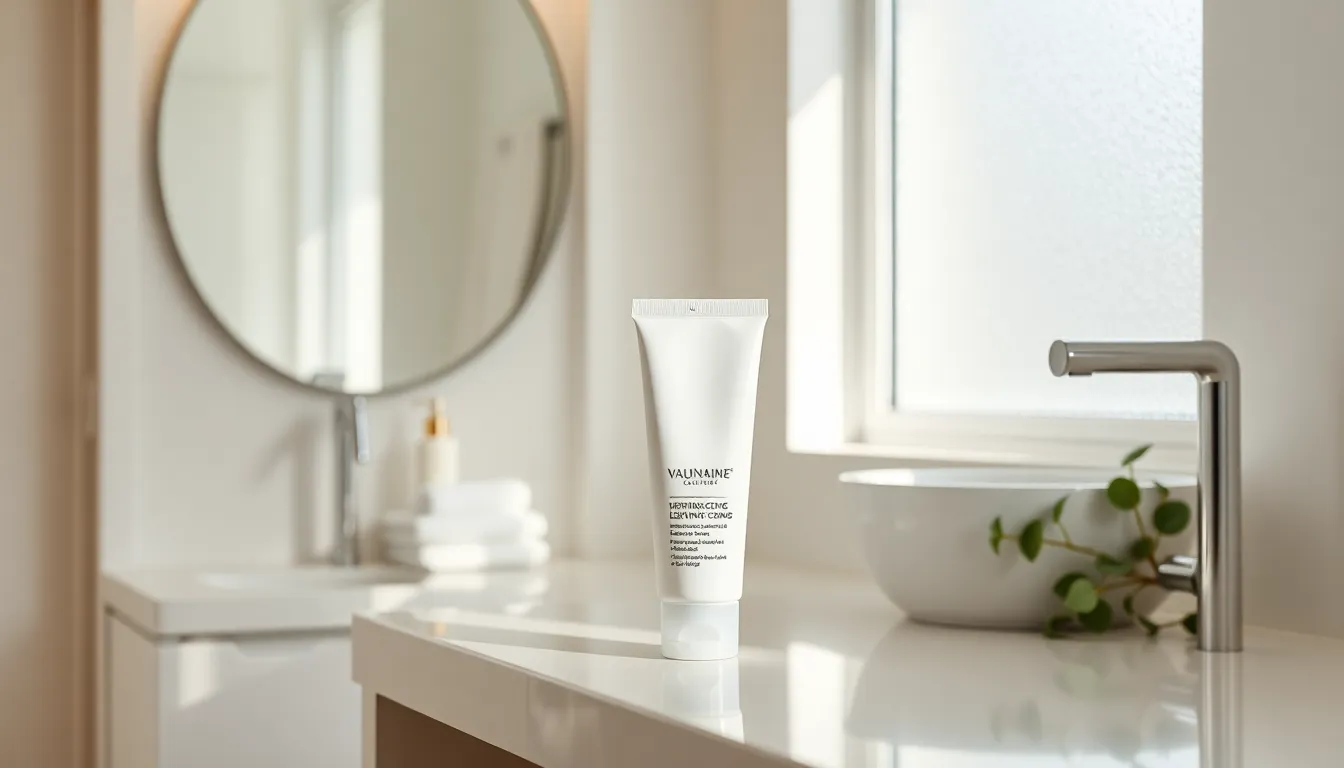Vaginal Lightening Cream: Understanding the Basics

When it comes to beauty and self-care, few topics stir up as much curiosity as vaginal lightening cream. Ever wondered if it's just a fad or a legitimate solution? For many, it can feel like a tricky topic to navigate. But fear not. This guide breaks down the essentials, mixing in a little humor along the way. After all, isn't that how we all want to approach personal care? With a sprinkle of light-heartedness and a dash of knowledge, let's jump into the world of vaginal lightening cream.
Vaginal Lightening Cream

Vaginal lightening cream is designed to reduce the pigmentation of the skin in the vaginal area. Many people use it for aesthetic reasons, often wanting a more uniform skin tone. The process is not new: it has roots in beauty practices from various cultures. Some individuals may feel self-conscious about discoloration, prompting them to seek solutions. This cream often promises smoother skin and boosted confidence – who wouldn't want that? But, it's essential to understand the science behind it and ensure any product used is safe.
Common Ingredients in Vaginal Lightening Creams
Many vaginal lightening creams contain a variety of key ingredients that contribute to their effectiveness. Popular components include:
- Hydroquinone: Often found in over-the-counter skin lightening products, it works by inhibiting melanin production.
- Kojic Acid: Derived from mushrooms, it's another skin-lightening agent often used for its natural properties.
- Glycolic Acid: This alpha hydroxy acid promotes exfoliation, helping to reveal fresher skin layers underneath.
- Vitamin C: Known for its brightening properties, it can help even out skin tone.
Each ingredient serves a specific purpose, and it's critical to read labels carefully to understand what's being applied to such a sensitive area.
The Benefits of Using Vaginal Lightening Cream
Why would someone consider vaginal lightening cream? The benefits vary from person to person but here are some commonly cited advantages:
- Enhanced Aesthetic Appeal: Many individuals feel that lighter skin in intimate areas enhances their confidence during personal moments.
- Even Skin Tone: It may help achieve a more consistent skin tone, which can be particularly appealing for those who experience discoloration due to hormonal changes.
- Sense of Empowerment: For some, taking control over their appearance can be empowering. Feeling good about one's body is a priority.
- Customizable Options: Numerous formulations are available, allowing users to choose a product that best fits their skin type and needs.
Each benefit adds a layer of attraction to the use of these creams, keeping them in the conversation about personal grooming.
How to Use Vaginal Lightening Cream Safely
Using vaginal lightening cream comes with a few safety considerations to maximize effectiveness and minimize risk:
- Patch Test: Before applying any new product, a patch test is crucial. Apply a small amount to another less sensitive area and wait for 24 hours to check for reactions.
- Follow Instructions: Always adhere to application guidelines provided by the manufacturer, including frequency and amount. Less can often be more in this case.
- Clean Application Area: Ensure that the area is clean and dry before applying the cream to enhance absorption.
- Avoid Sensitive Areas: Be mindful of where the cream is applied to avoid contact with mucous membranes.
Practicing these safety measures can make a difference in the results and comfort for users.
Possible Side Effects and Risks
While vaginal lightening creams can be beneficial, they are not without potential risks. Common side effects include:
- Irritation: Some users may experience redness, itching, or discomfort after applying the cream.
- Allergic Reactions: Ingredients like hydroquinone may trigger allergic responses in some individuals.
- Increased Sensitivity: Skin can become more sensitive when lightening agents are used frequently.
Long-term use of certain ingredients can also lead to adverse effects such as thinning skin or developing uneven tones. It's imperative to consult a healthcare professional if any of these issues arise.
Alternatives to Vaginal Lightening Cream
For those seeking alternatives to vaginal lightening creams, several options exist:
- Natural Remedies: Ingredients like lemon juice or yogurt are sometimes touted for their natural lightening effects, though results can vary.
- Laser Treatments: For more dramatic results, some opt for laser treatments which target hyperpigmentation more directly.
- Chemical Peels: Supervised chemical peels can lighten areas but come with the need for downtime.
Choosing an alternative often comes down to personal preference and skin sensitivity.
Seeking Professional Advice
Before venturing into the world of vaginal lightening creams or any alternative treatments, consulting with a healthcare provider is wise. This step can offer insights tailored to individual skin types and health conditions. A professional can provide valuable guidance on:
- Product Selection: Knowing which ingredients suit specific skin concerns can save time and effort.
- Risk Assessment: They can help identify whether there are any concerning aspects to consider based on personal medical history.
- Follow-up Care: If starting on a new product, knowing when to check back in can help ensure safe usage.
In short, professional advice can illuminate the path toward achieving desired outcomes.
